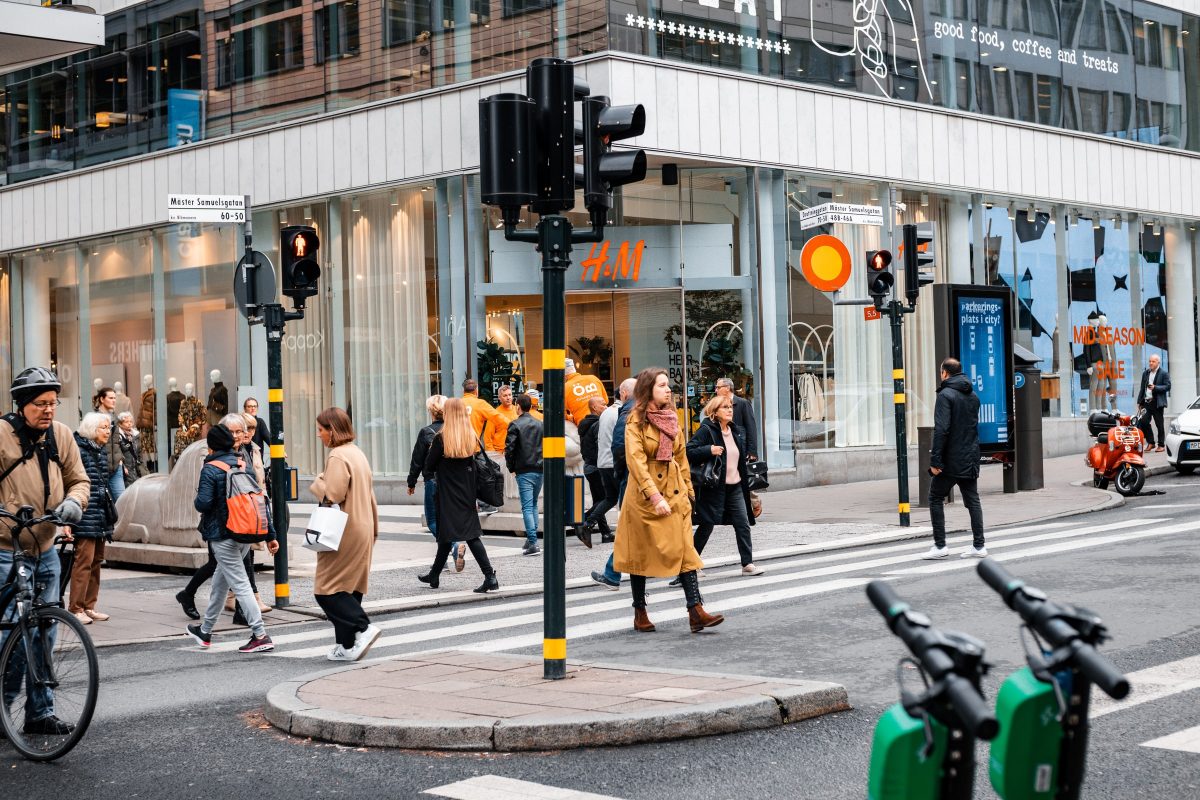A century back, Swiss picture taker Frédéric Boissonnas went in the strides of Odysseus, who went through ten years fighting the Mediterranean. A display in Geneva currently remembers his excursion and works.
The substance is in the name: the Mediterranean lies in the center, between various universes; it’s a section that associates as much as it partitions. Greek writer Homer made an epic landmark to the Mediterranean in the Odyssey, a story which actually holds its power today. The legend’s excursion through the limitlessness of the ocean is likewise an odyssey through the inconceivability of the spirit. One needs to battle to re-visitation of the place of refuge of home.
Western social history is inseparably connected with the Mediterranean. A show at the Musée RathExternal interface in Geneva, wanted to run until January 31*, demonstrates the veracity of this. “A Photographic Odyssey: Fred Boissonnas and the Mediterranean” follows the strides of the Geneva photographic artist who, a century prior, caught the blue endlessness in an ageless way.
Frédéric Boissonnas (1858-1946) had just acquired his spikes in Switzerland and was not, at this point a young fellow when he made global progress. Coming from a group of photographic artists, he had assumed control over his dad’s studio in Geneva and was realized abroad when his profession got a further lift because of excursions to Greece and other Mediterranean nations.
Boissonnas appended extraordinary significance to cautious and exhaustive arrangements. Because of steady trades with researchers, craftsmen and legislators, history and nearby self-discernment was key to his work and he acquired a remarkable understanding into a country and its kin.
In Greece his work was likewise exceptionally esteemed by lawmakers, who utilized it to upgrade the nation’s picture abroad. This was when Greece was attempting to develop its public region utilizing an expansionist approach. They needed Boissonnas to catch – photographically – their new regions, which, from a Greek perspective, had been “freed”. This brought about various commissions for Boissonnas, who, regardless of his creative distinction, was tormented by monetary concerns for the duration of his life and had a group of nine to take care of.
Boissonnas was later dispatched by Egyptian King Fuad I to observe Egypt’s recently won freedom from Britain in 1922. The outcome was a progression of pictures from the Sinai Peninsula, where he backtracked in photos the scriptural mass migration of the Israelites.
Here, as well, the thought was that pictures of the relics would cultivate their revival in the cutting edge age; the moderately new mode of photography was put to the help of state-building.
Boissonnas was enormously keen on supposed normal individuals: an ethnological perspective on the regular daily existence of those living in the shadow of the vestiges of their precursors was liberated from bias and appeared to loan these occupants a unique poise.
Seascapes are likewise at the core of the show, from Gibraltar to the Greek islands and from Italy to North Africa. The job of the legendary Mediterranean in Boissonnas’ work is fundamental to understanding his significance in the improvement of the then youthful mechanism of photography.




